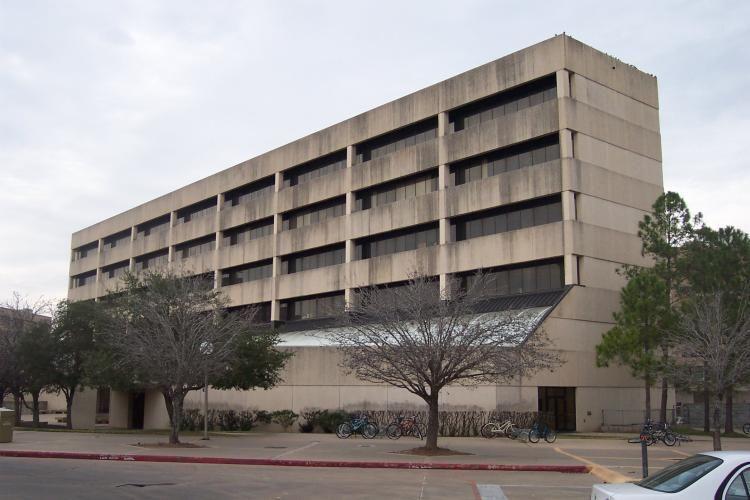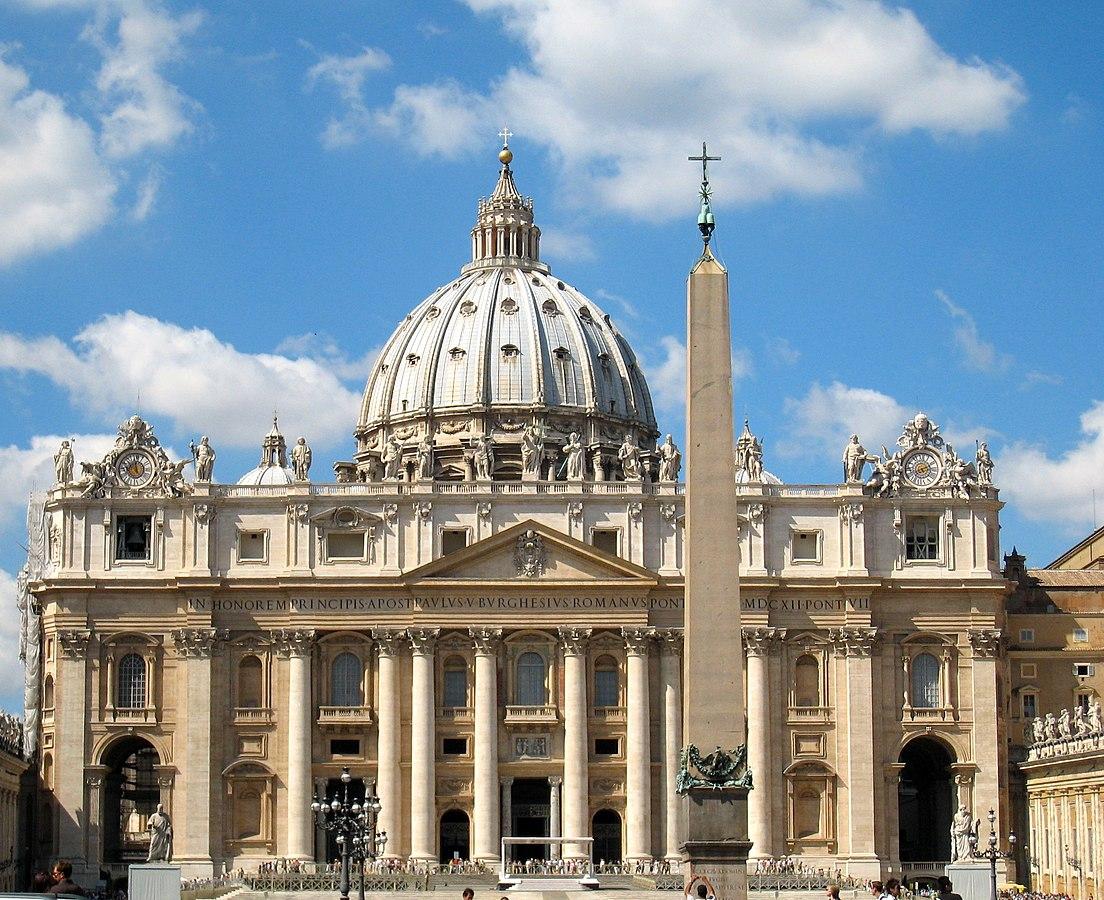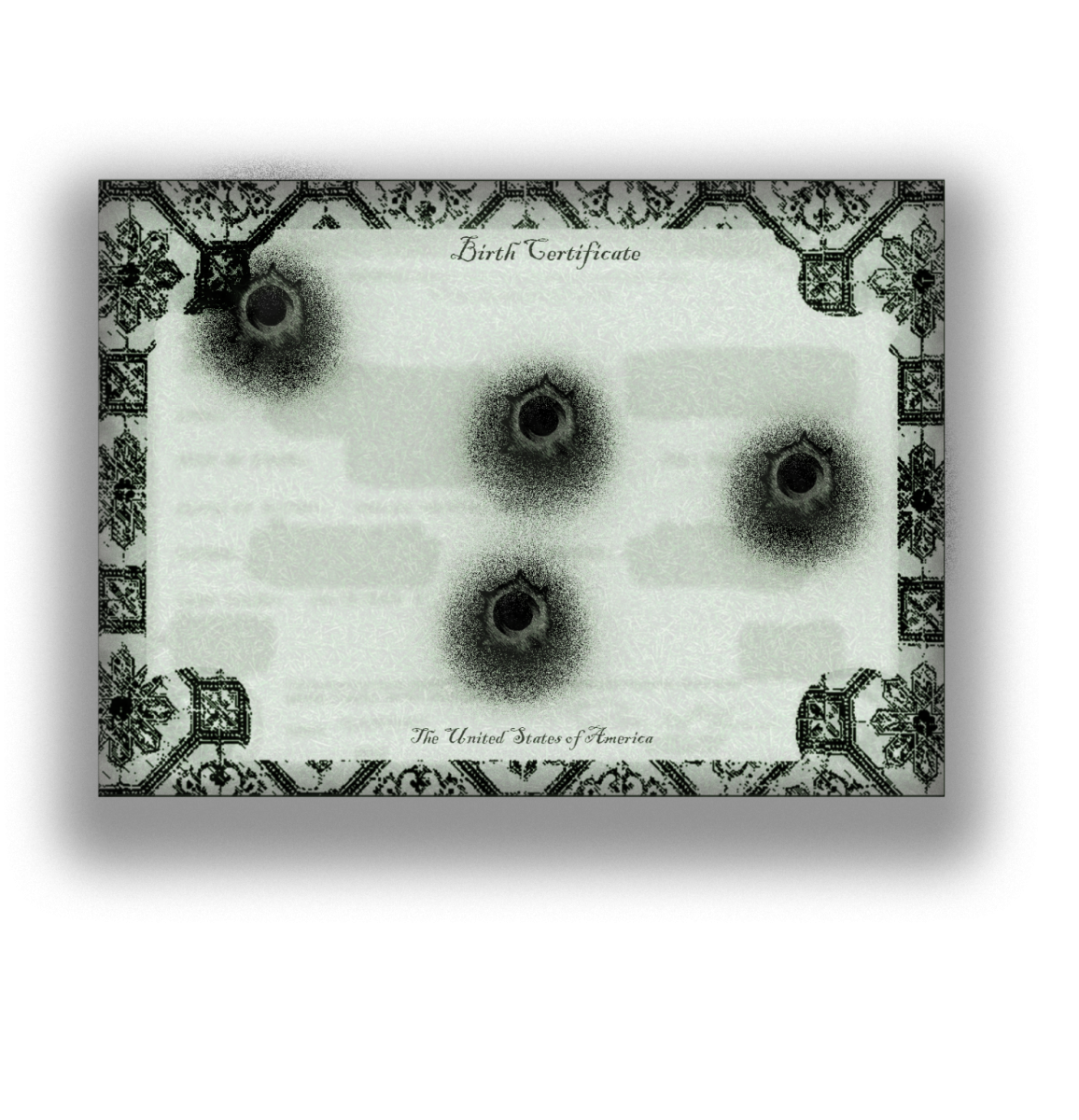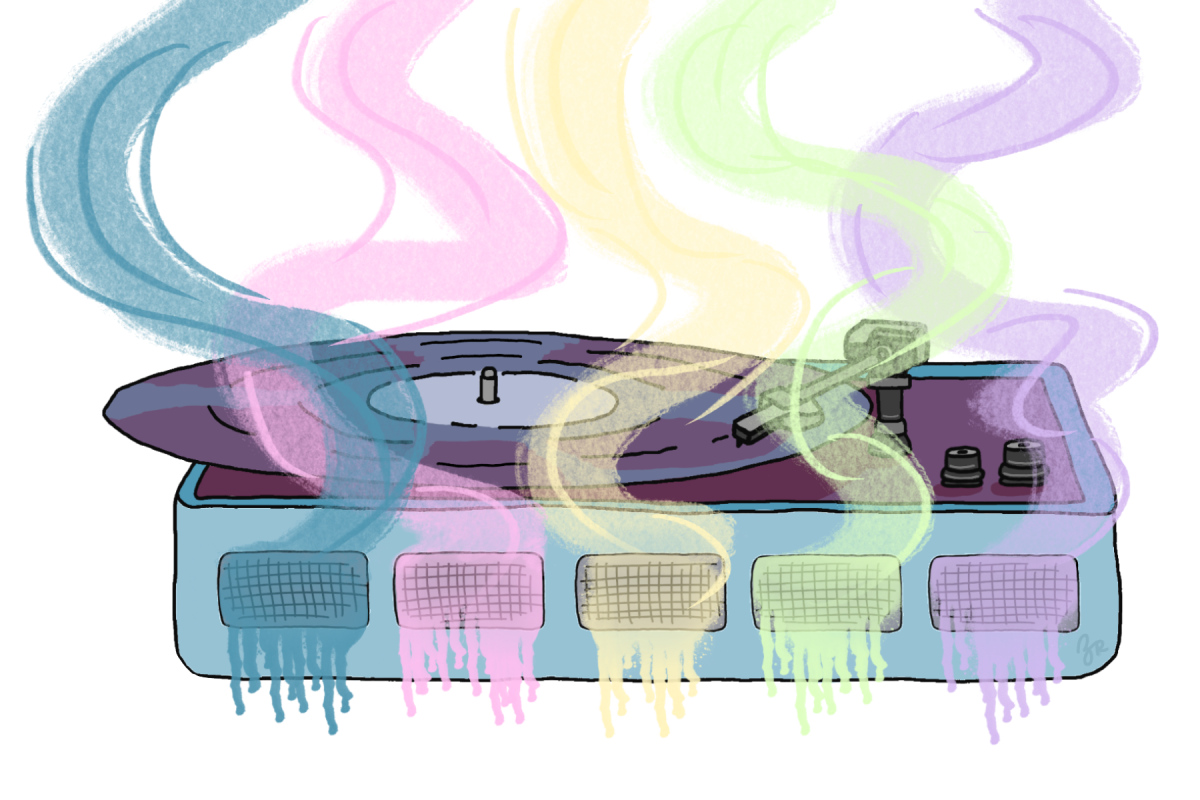Delve into any architecture or art history book and you’ll observe the works of the greats: Bernini’s St. Peter’s Basilica, Michelangelo’s Sistine Chapel, Brunelleschi’s Duomo of Florence … Revolutionary creations, characterized by breathtaking detail, intricate filigree and golden opulence. Angels garbed in white cloth watch from vaulted ceilings, warm light filters through stained glass windows and pillars of stone reach for the heavens — truly beautiful testaments to man’s craftsmanship on this Earth.
However, there is one fundamental aspect that Bernini and the rest seem to have overlooked in the design of their masterpieces: functionality.
See, these chapels and basilicas are simply too exquisite. Why spend years stacking blocks of marble or painting microscopic hairs on a floating deity if people are simply going to stare and take pictures? Wouldn’t it have been more worthwhile to invest in sturdier masonry or reliable construction?
So much detail, yet such little payoff. Indeed, construction on the Sistine Chapel was so miserable for Michelangelo, he compared it to “torture” and immediately returned to sculpture upon the project’s completion. It’s clear Renaissance and Baroque artists devoted far too much time and effort in the pursuit of aesthetics.
What’s the superior alternative, you ask? To that I say, look no further than Texas A&M.
Our campus is the epitome of functionality and practicality. Some may argue the sea of beige is unassuming or even bland, but this very feature — among many more — is what distinguishes Aggieland as a pioneer in architectural and artistic ingenuity.
Simplicity
A signature characteristic of our university is the sand-colored concrete and stone which comprise every structure from buildings to sidewalks. No East-coast style red brick, no paint, no fancy construction. Just the bare basics — monotone walls and the occasional tinted window.
Though some may yearn for a classic American picturesque campus, steering clear of any luxuries is a financially savvy choice and greatly streamlines construction. Bernini could take some notes — St. Peter’s Basilica cost over $48 billion and took 176 years to build. Why let the colors of creativity overpower the ease of simplicity? After all, A&M has better venues in which to invest expenditures, such as paying $250,000 in fines for trampled turf or buying new stop signs for Bizzell Street.
Versatile and Durable
A&M’s Brutalist-inspired fortresses of concrete are certain to keep all students safe in the face of natural disasters. In the event of a tornado warning, there’s no doubt in my mind that students attending class in Kleberg, Heldenfels or Blocker would be insulated from any potential peril.
In fact, if the Eastern hemisphere’s brewing threat of nuclear war ever comes to realization, I’d undoubtedly seek refuge in campus buildings. Blocker room 102, where five of my political science classes have been taught, is my lecture hall of choice — the windowless walls and sub-ground placement would provide optimal shelter from any fallout.
Can revered architectural feats of the past brag the same multifaceted role? Unfortunately not. Theatrical Baroque styles and majestic Renaissance structures require constant maintenance and restoration, chiefly serving as eye-candy to tourists and locals. If only Brunelleschi had modeled his cathedrals in the same sturdy fashion as the Harrington Education Center or Cain Building, perhaps the iconic domes wouldn’t be plagued by cracks.
The Zachry Engineering Education Complex seems to
be the rare exception to A&M’s stark construction theme — a uniqueness that is simultaneously a great flaw. Though the modern style and rooftop garden make for a pleasant studying environment, these frivolous features hold no essential value or robustness. What’s next, oil frescos and marble statues? In my humble opinion, it is in the university’s best interest that Zachry’s individuality be reconstructed to match the rest of campus’s utilitarianism.
Engagement
Lastly, if Aggieland were home to stereotypically attractive structures, I fear it would only detriment student life: Endless photos, listless wandering and increased foot traffic would detract from the environment of academia. It is best that the university’s neutral grounds encourage students to get to class, study and leave. Same for visitors on tour: maybe pose in front of Kyle Field or the Academic Plaza, then leave. The chaos of home football weekends provides a peek into what could be if the opposite were true.
Thus, we students greatly benefit from A&M’s prioritization of efficiency over appearance. Iconic buildings throughout Europe cannot claim the same privilege, as mass hordes of tourists often lead to great property damage or infrastructural weakness.
All things considered, I implore experts and connoisseurs of the architectural world to shine a spotlight on A&M’s ingenuity. Though Renaissance, Baroque, Gothic and even modern styles steal all the admiration, it is the Aggie modesty that provides the most benefit and invaluable service — Michelangelo and Bernini, step aside.
Ana Sofia Sloane is a political science sophomore and opinion columnist for The Battalion.
Opinion: Michelangelo wishes he were an Aggie
February 1, 2023
0
Donate to The Battalion
$1965
$5000
Contributed
Our Goal
Your donation will support the student journalists of Texas A&M University - College Station. Your contribution will allow us to purchase equipment and cover our annual website hosting costs, in addition to paying freelance staffers for their work, travel costs for coverage and more!
More to Discover

















